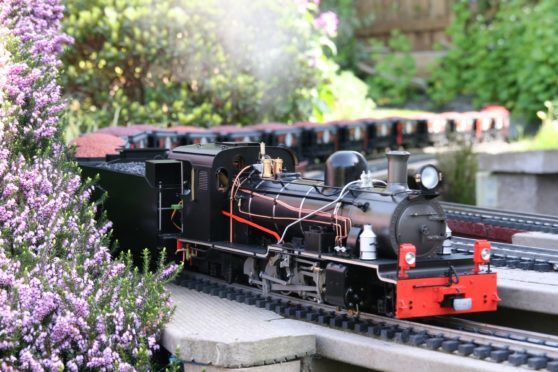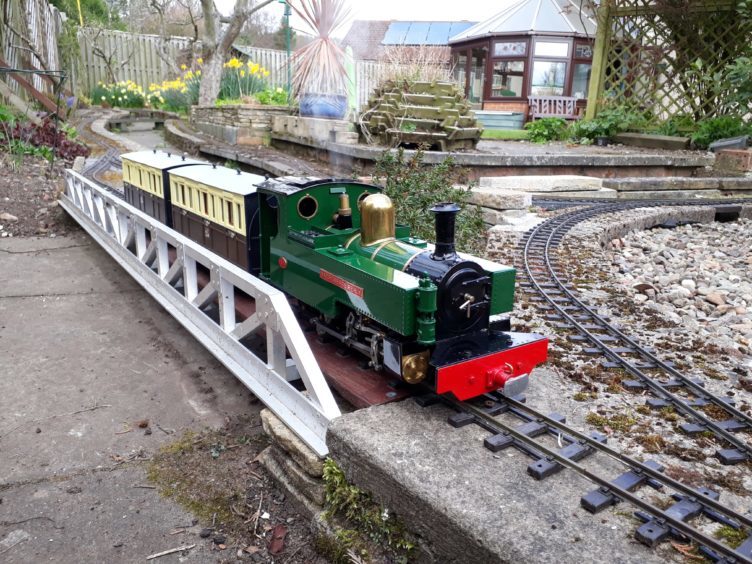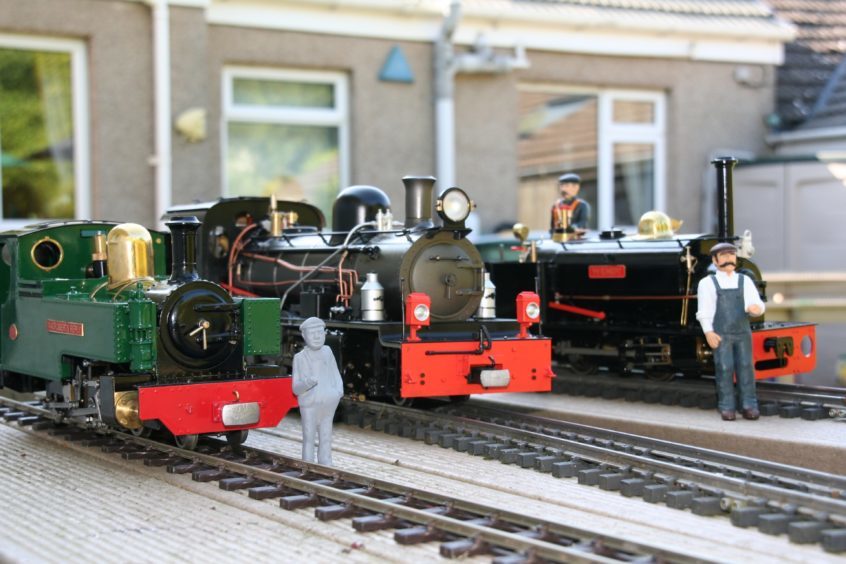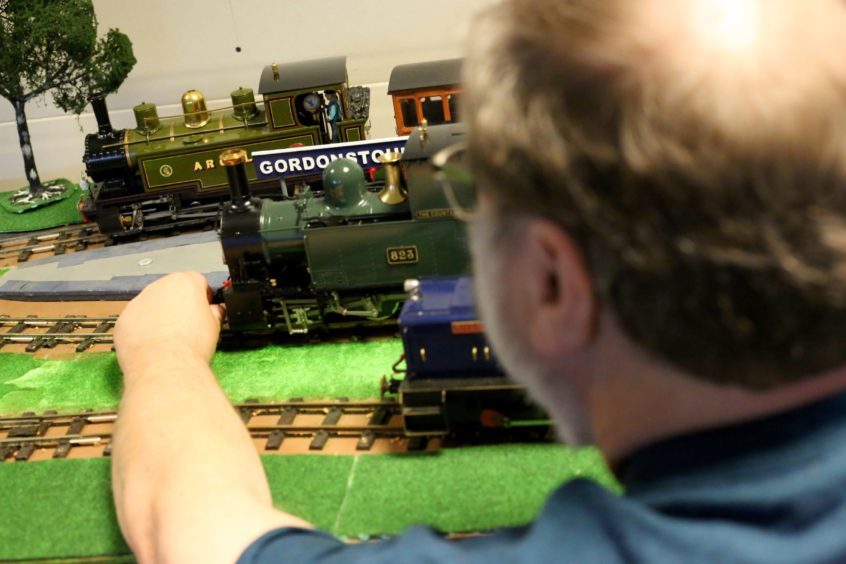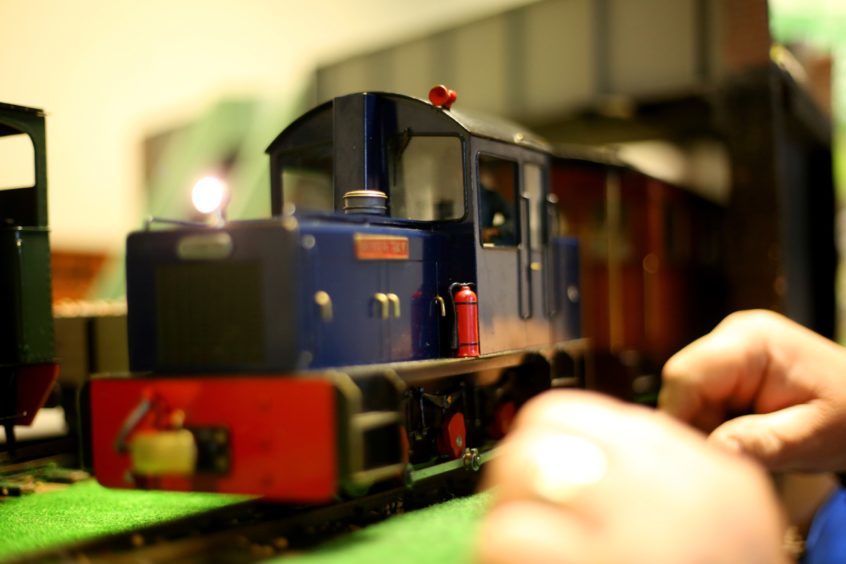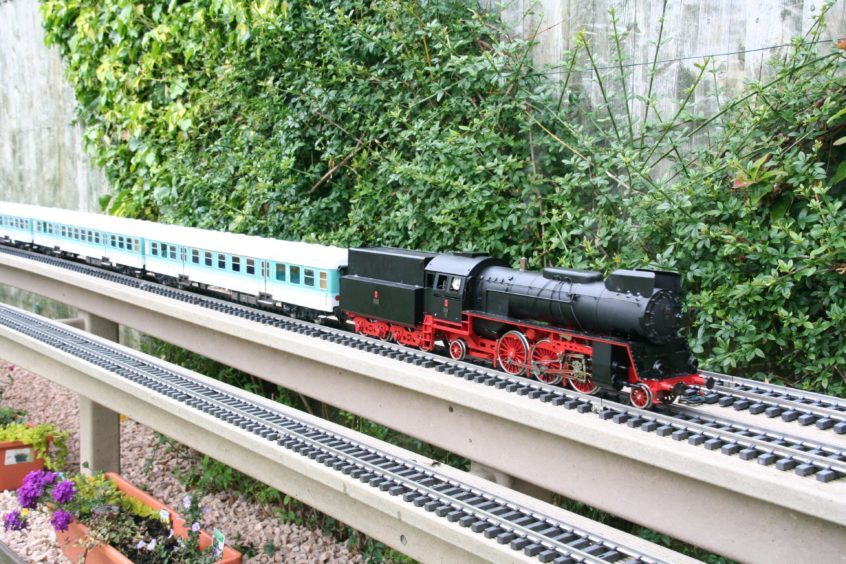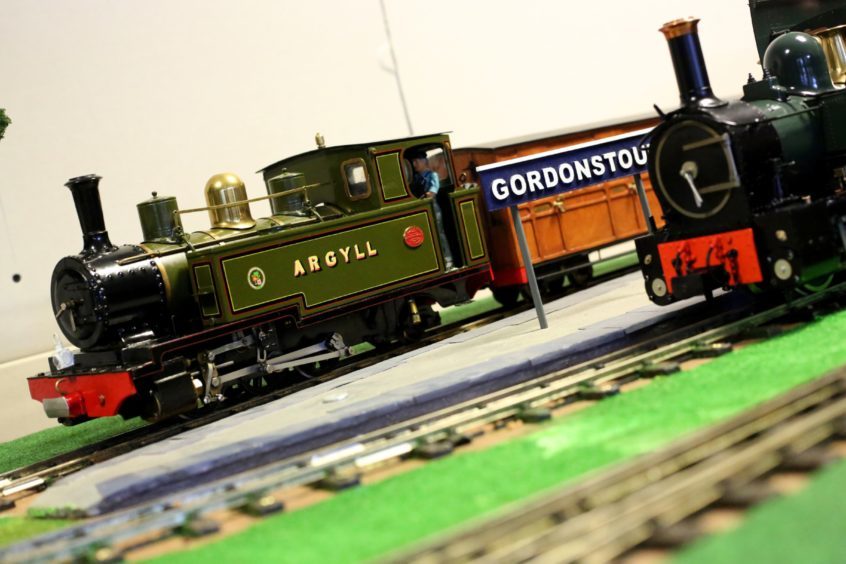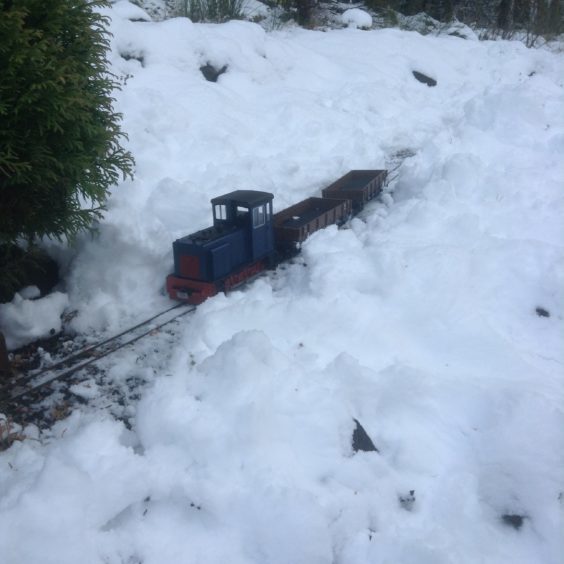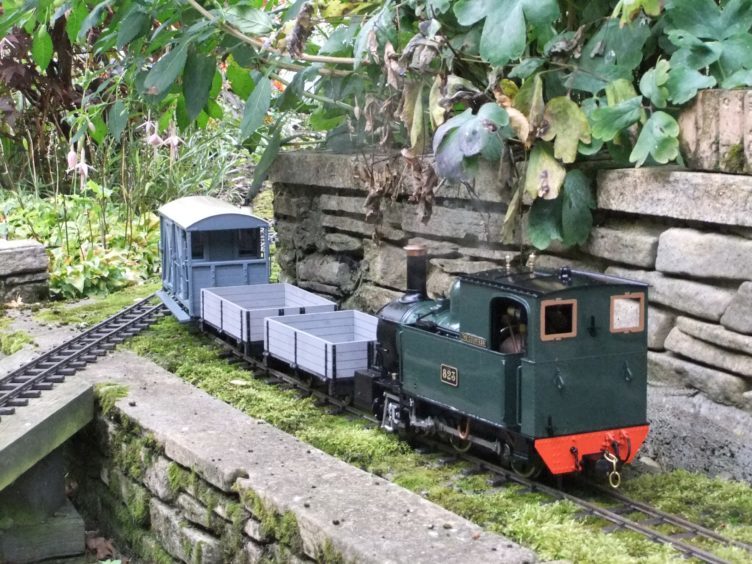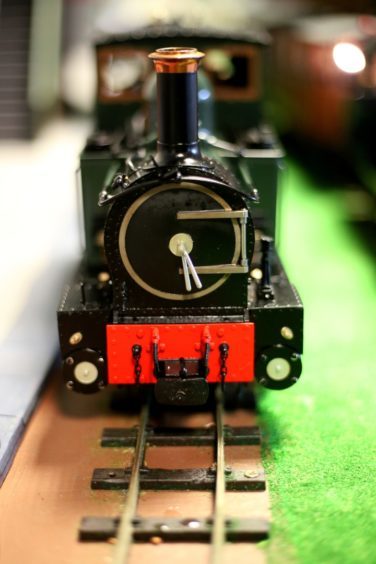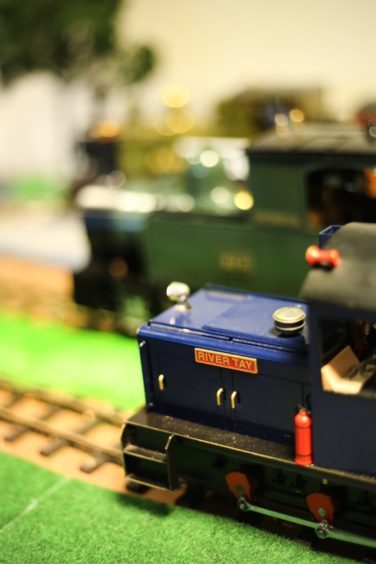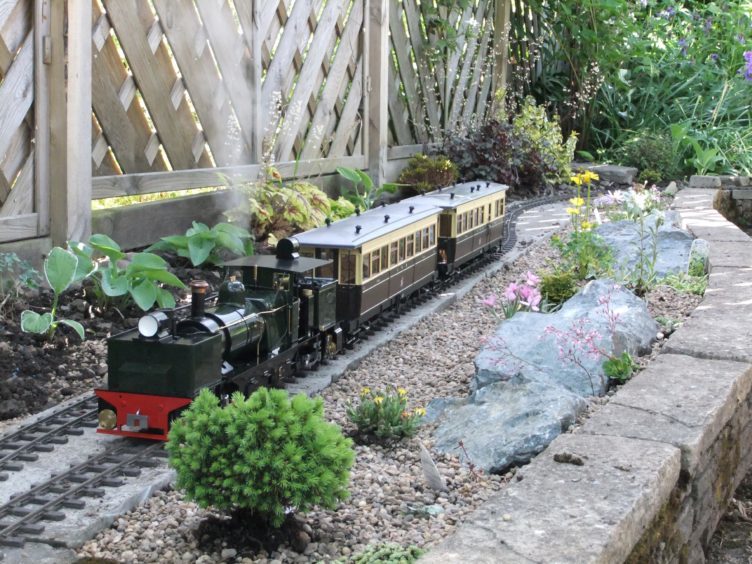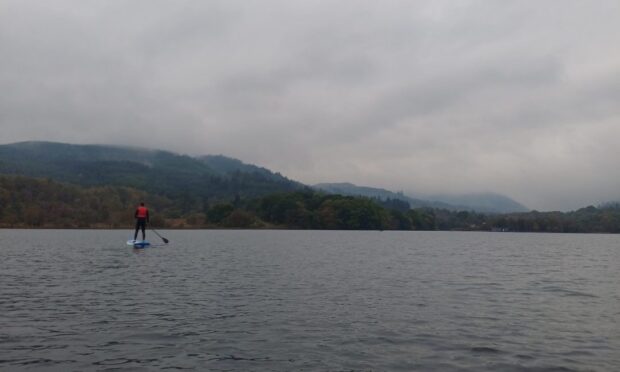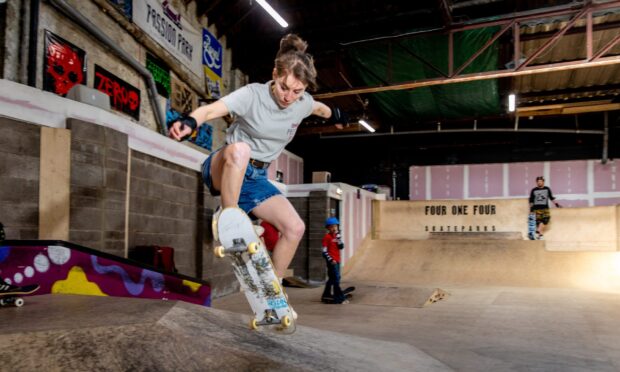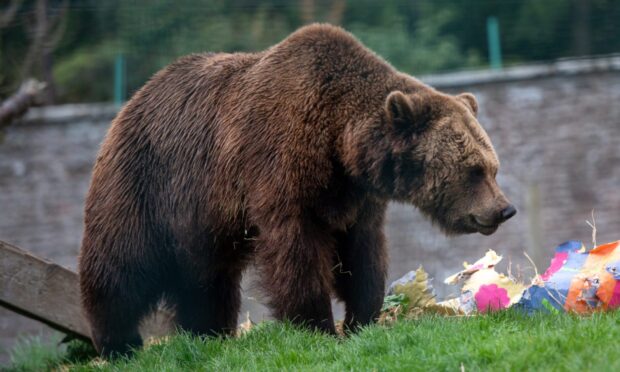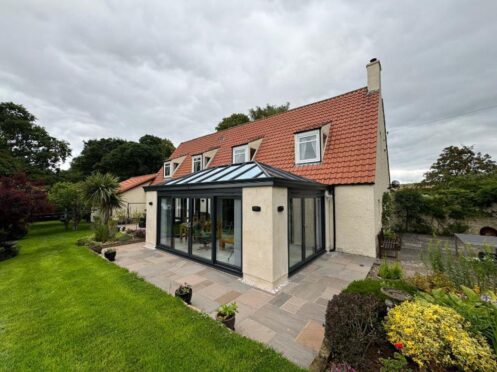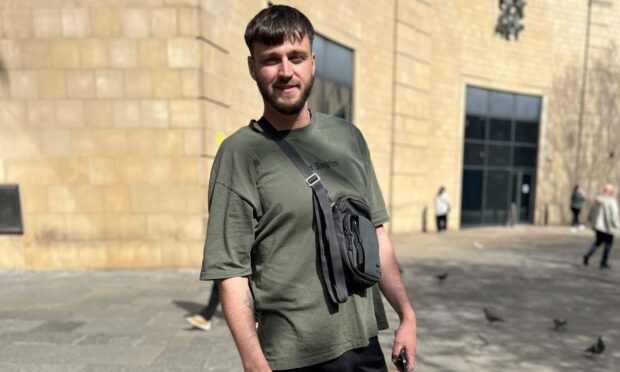Far from just being the preserve of small boys, model trains have an at-track-tion all of their own, discovers Caroline Lindsay
A handsome green steam engine chugs through the scenery, smoke billowing from its funnel. With its spotless livery, smart-as-paint carriages and attention to detail, it’s a perfect example of the golden age of steam – except it only stands a few inches from the ground and the ‘landscape’ is Peter Kinnear’s garden.
Peter, a member of the 16mm Association of Narrow Gauge Modellers East of Scotland, has inherited his father’s love of model railways and, along with more than a dozen other local members, he has found a happy home for his hobby at the Invergowrie Men’s Shed. Here, they can potter to their hearts’ content, building stock and working on the portable layout they take to exhibitions and other events.
“The Men’s Shed offered us friendship, storage space and the use of tools, and other 16mm members often come in as guests too,” explains Peter.
A train needs a track and Peter and the team usually buy this in from specialist suppliers before beginning work on the engines themselves.
“We build rolling stock (any vehicles that move on a railway), either from scratch or from kits, usually modified in some way,” he says. “Steam engines are usually bought while some of us have built diesel engines.”
Attention to detail is as authentic as possible so steam engines use real steam, fired by butane gas, and diesels are battery-powered. Almost all are radio-controlled.
“Most of us have one or two steam locos, several diesels and an assortment of rolling stock,” says Peter. “Anything of value, the locos especially, are always kept at home.”
Built to a scale of 1/19 and 16mm to the foot, the locomotives are mainly constructed from steel, brass and wood.
“I know that seems an odd measure, mixing metric and imperial, but that’s a historic anomaly which applies to most British model railways,” Peter explains. “For example, the most popular model railway size you see in the shops is 4mm to the foot!”
“Our stock is generally about 4 1/2 inches (11cm) wide by approx 6 inches (15cm) high. Longer vehicles, such as coaches, can get up to about 24 inches (60cm) long,” says Peter.
“Locomotives can be up to 18 inches (45cm) long. So trains can be, for example, a loco and four coaches long– say eight feet (two and a bit metres) or more.
“My own line is built on raised rockeries, so much of it is several feet above ground, but there are some stretches in between that are on staging,” he continues.
“Often, the staging sections are behind shrubs and trees. On the rockery sections, the ‘scenery’ is real dwarf trees, alpine plants – particularly the small-leaved varieties, and ground-hugging, prostrate plants.
“My line has three stations, all out of sight of each other, so there is ‘bell’ communication between them, as on the real thing. Very necessary for controlled working! The line is end-to-end, not round-and-round. On reaching the terminus, trains have to be shunted and disposed.”
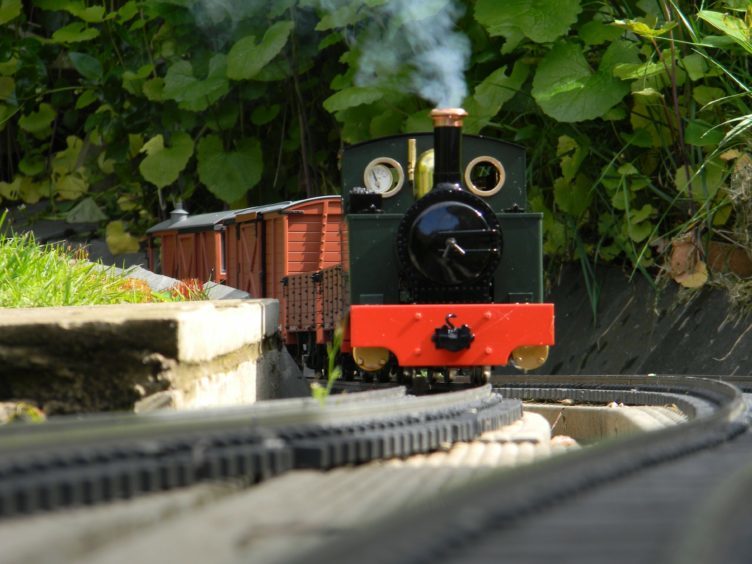
The team are often in demand and delight in taking the portable layout to events like Dundee and Perth model railway exhibitions and the Dundee Museum of Transport’s Model Steam Day.
Always eager to welcome new members, Peter stresses that no special skills are needed apart from a bit of basic DIY know-how.
“And we all help each other, so the more experienced folk help the newer members,” he smiles. “We have members in their 80s and at the other end of the scale, youngsters at primary school, so everyone is welcome.”
Back in his garden it’s full steam ahead for Peter’s pastime.
“I really enjoy gardening and landscaping the garden. It should be a garden that happens to have a train pass through – not a railway with the odd bush at the side,” he stresses.
But occasionally nature conspires against him when assorted creatures take a fancy to his layout and end up on the wrong side of the tracks.
“Urban foxes and pheasants can be a bit of a pest,” he says ruefully. “And then there’s the challenge about getting something you’ve made to work properly… Luckily, most things work out OK though.
“And when you’re at an exhibition, nothing can beat the pleasure of seeing a train running realistically and sharing it with everyone else.”
